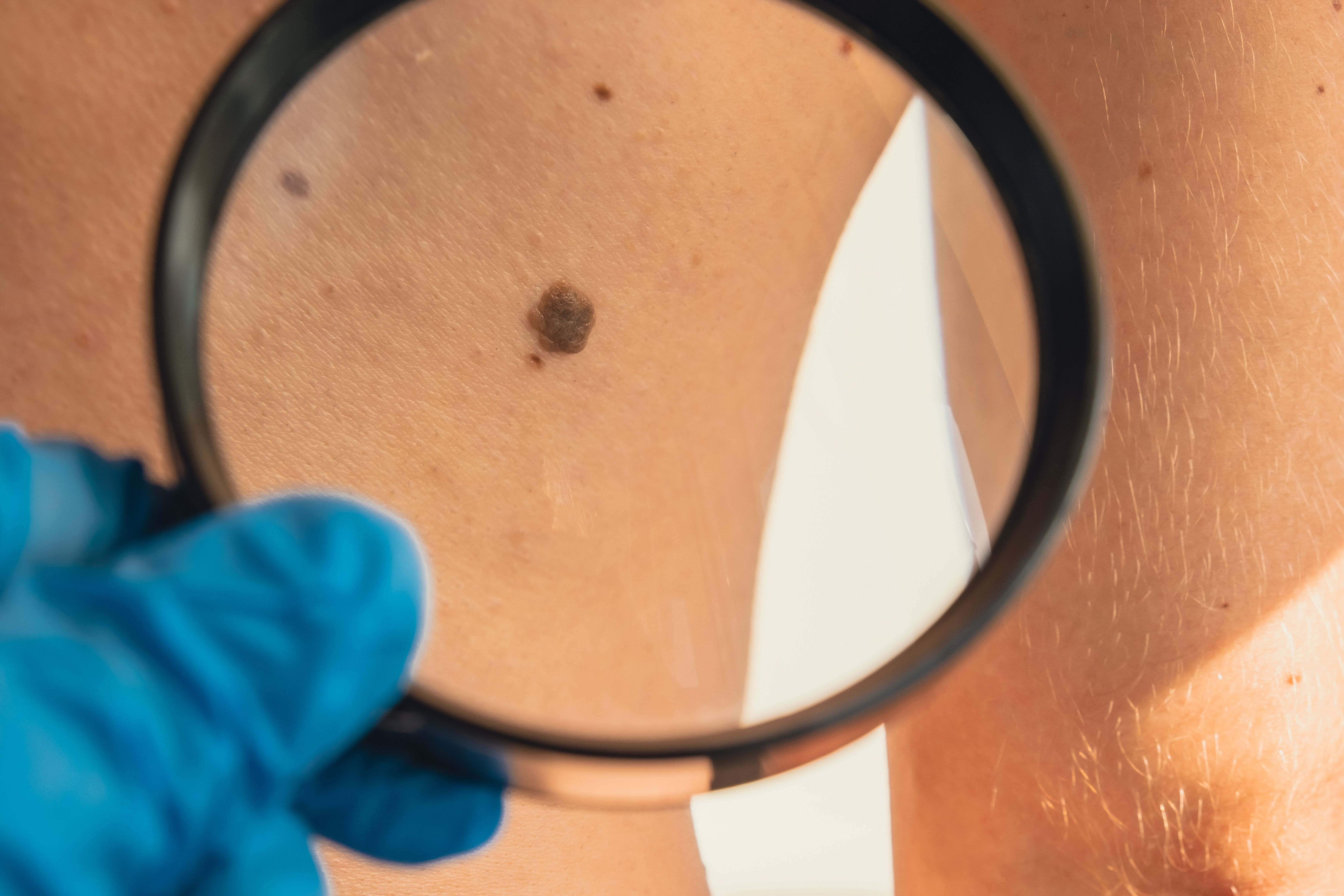News
Article
Case Study: Hair Dye Containing MIT Precipitates Myasthenic Crises
Author(s):
A 43-year-old woman had 2 myasthenic crises within 3 months, with both taking place shortly after exposure to hair dye containing methylisothiazolinone (MIT).
Women often make sacrifices of time, money, and comfort to pursue outer beauty, but in a case study described in Cureus, a 43-year-old African American woman recently diagnosed with myasthenia gravis experienced 2 severe myasthenic crises within 3 months—and artificial hair dye was a common thread.1
The patient’s myasthenia gravis diagnosis occurred during her first myasthenic crisis, followed by a second crisis 3 months later, the authors explained. Not present in either event were any of the usual and well-documented precipitating factors, such as infection, surgery, major stress, or certain medications such as antimicrobials and anticonvulsants. Both times, the patient required intubation and mechanical ventilation. Initial diagnostic test results were unremarkable.
“Upon initial evaluation, the patient was delirious with varying levels of awareness,” the authors described. “She was not responding to questions or commands.” Also impossible to miss was that “the patient had vibrant blue-colored hair.”
A woman's vibrant hair dye may have triggered myasthenic crises, a case study found. | Image credit: LIGHTFIELD STUDIOS - stock.adobe.com

The patient’s husband noted a coincidence: 2 weeks prior to each crisis, the patient had dyed her hair, although with 2 different brands and 2 different colors—first red, then blue.
The team’s investigation revealed that the 2 dyes shared a known human sensitizer: acyclic, sulfur-containing organic compound called methylisothiazolinone (MIT), dubiously distinguished as the American Contact Dermatitis Society’s 2013 Allergen of the Year. Ultimately, MIT was deemed the primary suspect in this patient’s sudden myasthenia gravis exacerbations.
The authors exhorted their physician colleagues to learn as much as possible about new precipitating factors of myasthenic crises. It is crucial, they said, to quickly identify signs and symptoms of such crises so intervention begins swiftly.
Just as important, patients with myasthenia gravis need to be aware of factors that could cause a crisis, “including but not limited to new beauty products,” they stressed. Indeed, other recent studies and case reports have noted potential associations between myasthenic exacerbations and exposure to certain cosmetic-product chemicals.2
More on MIT
Both the red and the blue dyes contained MIT and methylchloroisothiazolinone (MCI), chemicals known to be associated with pulmonary damage but legally contained in US products. However, the European Union (EU) has banned the mixture of MCI/MIT in leave-on products, with a maximum concentration of 15 parts per million (ppm) in rinse-off products. The EU has also prohibited MIT alone in leave-in products and restricted rinse-off products to a concentration of 15 ppm.
By contrast, in the US, the maximum MIT concentration is 100 ppm. Helping to solidify the authors’ conclusion that microdoses of MIT were the culprit in this case was the fact that the patient’s dye was still leaving blue residue on her linens 2 weeks after she’d first used the product.
“The likelihood is that she was self-inoculating and creating a myasthenic crisis,” the authors wrote.
The second crisis was preceded by the patient having headaches and feeling fatigued and short of breath for 2 weeks. On the morning of admission, the shortness of breath had dramatically worsened. Three months earlier, she had also presented with shortness of breath at a different medical facility, where she was intubated for 3 days and given intravenous immunoglobulin and steroids; she currently took pyridostigmine 60 mg every 12 hours.
Treated with IVIG, methylprednisolone, and pyridostigmine, the patient was extubated on day 8 and put on bilevel positive airway pressure (BiPAP). She continued to improve while transitioning from a high-flow nasal cannula to room air. On day 13, she was discharged with home medications and a nighttime BiPAP device.
References
1. Gomez Rosado JO, Perez T, Fusco KN, et al. Lady with the blue hair: an atypical cause of myasthenic crisis. Cureus. 2024;16(5):e60186. doi:10.7759/cureus.60186
2. Sheikh S, Alvi U, Soliven B, Rezania K. Drugs that induce or cause deterioration of myasthenia gravis: an update. J Clin Med. 2021;10(7):1537. doi:10.3390/jcm10071537




